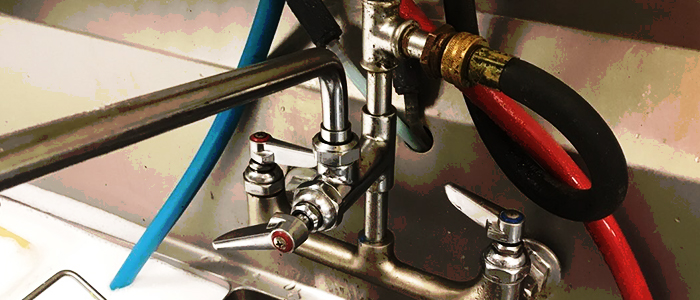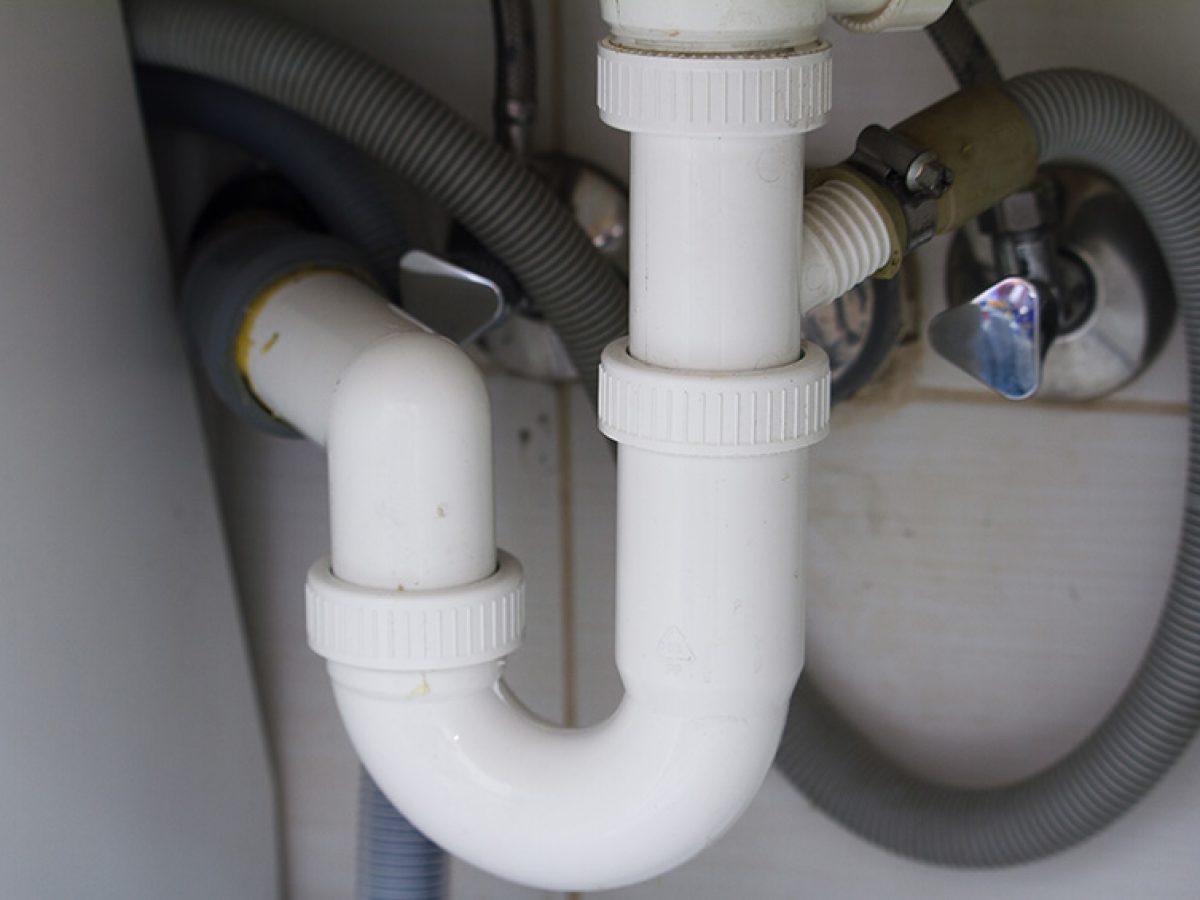Everybody will have their personal rationale involving Anatomy of a House: Understanding the Components.

Comprehending exactly how your home's plumbing system works is essential for every homeowner. From supplying tidy water for alcohol consumption, food preparation, and showering to safely eliminating wastewater, a well-kept plumbing system is critical for your family members's wellness and convenience. In this comprehensive overview, we'll discover the detailed network that composes your home's pipes and offer ideas on upkeep, upgrades, and managing typical problems.
Introduction
Your home's plumbing system is more than just a network of pipelines; it's an intricate system that guarantees you have accessibility to tidy water and effective wastewater elimination. Understanding its components and how they interact can help you protect against expensive fixings and make certain everything runs efficiently.
Fundamental Elements of a Plumbing System
Pipelines and Tubes
At the heart of your plumbing system are the pipes and tubing that carry water throughout your home. These can be made of numerous products such as copper, PVC, or PEX, each with its benefits in terms of durability and cost-effectiveness.
Fixtures: Sinks, Toilets, Showers, etc.
Components like sinks, commodes, showers, and bath tubs are where water is used in your home. Recognizing exactly how these fixtures attach to the plumbing system aids in identifying problems and intending upgrades.
Valves and Shut-off Factors
Shutoffs regulate the circulation of water in your pipes system. Shut-off shutoffs are vital during emergencies or when you require to make repair services, allowing you to separate parts of the system without interrupting water flow to the whole residence.
Water System System
Key Water Line
The major water line links your home to the local water supply or an exclusive well. It's where water enters your home and is distributed to various fixtures.
Water Meter and Stress Regulator
The water meter actions your water usage, while a pressure regulatory authority guarantees that water flows at a secure pressure throughout your home's pipes system, stopping damages to pipelines and components.
Cold Water vs. Hot Water Lines
Comprehending the difference in between cold water lines, which provide water directly from the primary, and warm water lines, which carry warmed water from the water heater, aids in fixing and preparing for upgrades.
Drain System
Drain Pipes Pipeline and Traps
Drain pipelines carry wastewater far from sinks, showers, and bathrooms to the drain or septic tank. Traps avoid sewage system gases from entering your home and also catch debris that can cause obstructions.
Ventilation Pipelines
Ventilation pipelines allow air right into the drainage system, stopping suction that could slow drainage and cause traps to vacant. Proper air flow is essential for preserving the honesty of your plumbing system.
Relevance of Correct Drain
Making sure correct drainage stops backups and water damages. Regularly cleaning drains and keeping traps can avoid pricey repairs and extend the life of your plumbing system.
Water Heater
Sorts Of Water Heaters
Water heaters can be tankless or typical tank-style. Tankless heaters heat water on demand, while containers keep warmed water for prompt usage.
Upgrading Your Plumbing System
Reasons for Upgrading
Updating to water-efficient components or replacing old pipes can enhance water high quality, minimize water costs, and raise the value of your home.
Modern Pipes Technologies and Their Benefits
Explore technologies like wise leakage detectors, water-saving commodes, and energy-efficient hot water heater that can save cash and lower ecological impact.
Cost Considerations and ROI
Determine the in advance expenses versus lasting financial savings when taking into consideration pipes upgrades. Many upgrades spend for themselves with minimized energy expenses and less fixings.
Just How Water Heaters Connect to the Plumbing System
Understanding how water heaters link to both the cold water supply and hot water distribution lines helps in diagnosing issues like insufficient hot water or leaks.
Maintenance Tips for Water Heaters
Routinely flushing your water heater to remove debris, inspecting the temperature level setups, and examining for leaks can expand its life-span and enhance energy effectiveness.
Typical Plumbing Issues
Leaks and Their Causes
Leaks can occur as a result of maturing pipes, loosened installations, or high water pressure. Dealing with leaks promptly protects against water damage and mold growth.
Clogs and Clogs
Obstructions in drains and toilets are typically brought on by flushing non-flushable products or a build-up of grease and hair. Using drainpipe screens and being mindful of what drops your drains can protect against obstructions.
Indications of Plumbing Problems to Expect
Low water stress, slow drains pipes, foul odors, or uncommonly high water bills are indicators of possible pipes troubles that should be resolved without delay.
Plumbing Upkeep Tips
Regular Evaluations and Checks
Set up annual pipes evaluations to capture problems early. Look for indicators of leaks, rust, or mineral build-up in faucets and showerheads.
Do It Yourself Maintenance Tasks
Straightforward tasks like cleansing tap aerators, checking for commode leaks making use of dye tablet computers, or shielding subjected pipes in chilly environments can avoid major pipes issues.
When to Call a Professional Plumbing Technician
Know when a pipes issue needs specialist proficiency. Trying complex repair work without correct knowledge can result in more damage and higher repair service costs.
Tips for Decreasing Water Use
Simple habits like dealing with leakages without delay, taking shorter showers, and running full loads of laundry and meals can preserve water and lower your utility costs.
Eco-Friendly Plumbing Options
Think about lasting plumbing materials like bamboo for floor covering, which is durable and environmentally friendly, or recycled glass for counter tops.
Emergency situation Readiness
Steps to Take During a Pipes Emergency situation
Know where your shut-off valves are located and just how to turn off the supply of water in case of a burst pipe or significant leak.
Significance of Having Emergency Calls Handy
Keep get in touch with details for local plumbing technicians or emergency situation solutions readily offered for fast response during a pipes situation.
Ecological Influence and Preservation
Water-Saving Fixtures and Appliances
Setting up low-flow taps, showerheads, and commodes can dramatically reduce water usage without sacrificing performance.
DIY Emergency Fixes (When Appropriate).
Temporary repairs like utilizing air duct tape to spot a dripping pipeline or putting a pail under a trickling tap can minimize damage up until an expert plumbing technician shows up.
Conclusion.
Comprehending the anatomy of your home's plumbing system encourages you to keep it properly, conserving money and time on fixings. By complying with regular maintenance regimens and staying informed about modern-day pipes modern technologies, you can guarantee your plumbing system operates efficiently for years to come.
The Anatomy of Your Home s Plumbing System
Understanding the anatomy of your home s plumbing system is essential for any homeowner. It not only helps in identifying potential issues but also facilitates effective communication with professionals when repairs or upgrades are needed. Your home s plumbing system is more than just pipes and faucets; it s a complex network that ensures the efficient and hygienic flow of water in and out of your house. In this blog, we ll dissect the crucial components of your home s plumbing system. For those in Antelope Valley, Brock Plumbing is your trusted partner for all your plumbing needs, ensuring your system functions smoothly and efficiently.
Water Supply System
Main Water Line: This is where your home s plumbing system begins. The main water line connects your home to the public water supply or a private well. Pipes and Shut-off Valves: Pipes distribute water throughout your home. Shut-off valves are crucial for controlling the flow of water and making repairs without shutting off the entire system. Drainage System
Drain Pipes: These pipes carry waste and water away from sinks, toilets, and showers. Vents: Vents allow sewer gases to escape and help maintain proper pressure in the drainage pipes, ensuring efficient flow of wastewater. Traps: Every fixture has a trap, a U-shaped pipe that holds water and prevents sewer gases from entering your home. The most common is the P-trap under sinks. Fixtures and Appliances
Fixtures and appliances are the most interacted with parts of your plumbing system. They include sinks, toilets, showers, dishwashers, and washing machines. Each fixture and appliance has its own supply and drainage connection, ensuring they receive clean water and can dispose of wastewater effectively.
Water Heating System
Your water heater is a crucial component, providing hot water to various fixtures and appliances in your home. It can be tank-based or tankless, with each type having its own set of advantages and maintenance requirements. Regular maintenance is essential to ensure efficient operation and extend the lifespan of the unit.
Sump Pump
In areas prone to flooding or with high water tables, a sump pump is an essential part of the plumbing system. It s installed in the lowest part of your basement or crawlspace and pumps out water that accumulates, preventing flooding and protecting your home from water damage.
Septic System
Homes that are not connected to a municipal sewer system have a septic system and an underground wastewater treatment structure. Understanding how to maintain your septic system is crucial to prevent backups, odors, and early system failure.
Conclusion
Your home s plumbing system is a complex and essential network, ensuring the efficient and hygienic flow of water in and out of your property. Understanding its key components helps in maintaining it properly and identifying issues before they escalate into major problems. For residents in Antelope Valley, Brock Plumbing is dedicated to providing top-notch services, ensuring that every part of your plumbing system is in perfect working order. Trust our team of professionals to handle all your plumbing needs, ensuring your home remains comfortable, safe, and well-maintained.
https://brockplumbinganddrains.com/blog/the-anatomy-of-your-homes-plumbing-system/

As a fervent reader about Plumbing Installation 101: All You Need to Know, I think sharing that piece of content was a good idea. You should take the opportunity to share this entry if you liked it. Thanks so much for taking the time to read it.
Phone